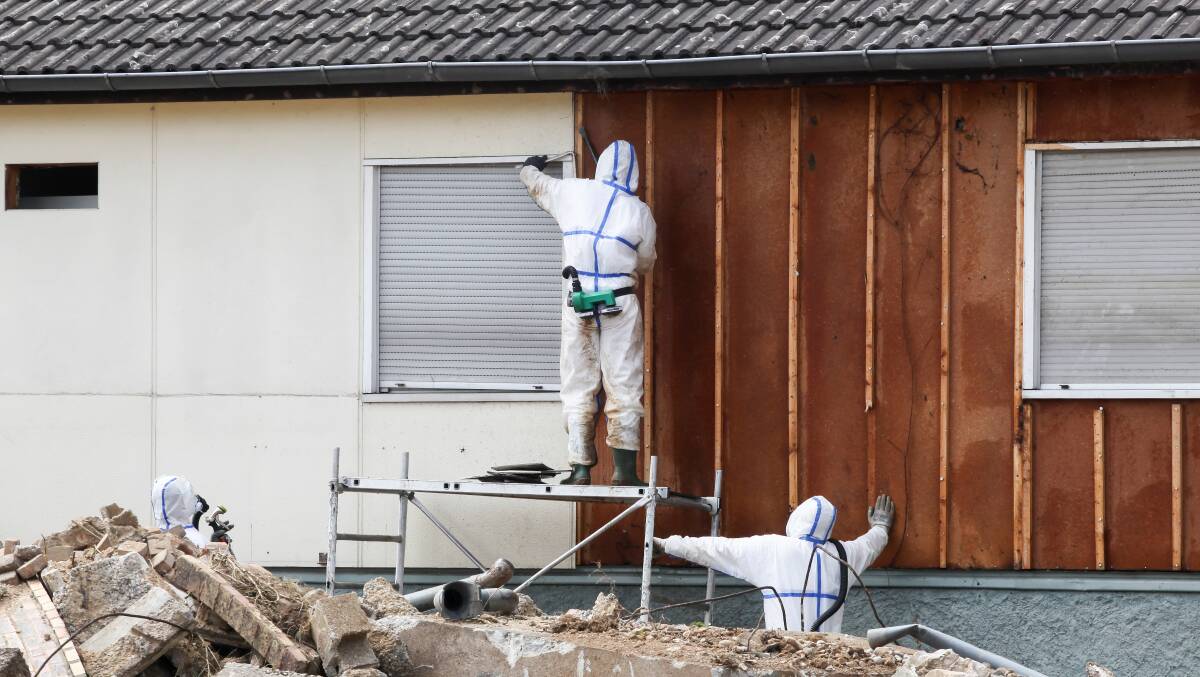Old building renovation: 6 essential steps to take

This is branded content.
Owning an old building isn't always blissful. Sooner or later, the floors will start creaking, paint will peel off, and structural members will get weaker. At this point, renovation is usually the next best step. It helps transform your building into a modern marvel, enhancing its functionality and aesthetics.
Indeed, many Australians are renovating their homes. In 2022, they poured a massive AUD$12.3 billion into renovations, a 33 per cent increase from 2020. Don't be left behind.
However, renovation presents a unique set of challenges. Talk about budget constraints, navigating permits, and manoeuvring the process.
Knowing the essential steps to follow makes the project easier to navigate and more successful. This article guides you through the basics of renovation, so read on.
1 Define your vision and goals
The first thing to square out when considering renovating your building is the end goal. Why are you renovating it? Perhaps you're seeking a better lifestyle or maybe you want to increase its value for a potential sale at a reasonable price. Another common reason for most of these projects is preserving history. Understanding your motivation defines the renovation strategy you'll use.
From your objectives, set realistic expectations. Consider how much money you have as this determines the extent of refurbishment you can handle. You might want to ditch some renovation aspects if your cash outlay doesn't allow it.
2 Conduct a thorough assessment
Expert inspection is necessary. Hire professional engineers, plumbers and electricians to keenly examine the house and discover what lies beneath the surface. Doing this ensures safety during the renovation.
Analyse the building's past. Dig into its historical significance. This will help you know what features to retain so as not to erode its historical value. You should also take into account risk factors such as the presence of asbestos. Hiring a Sydney asbestos inspection expert or a reputable one in your locale may help you tackle this phase successfully.
Document everything about the house. Snap photographs of each room plus views from the outside. Get detailed floor plans specifying the location of all utilities like plumbing lines and electrical conduits. These steps help ensure you don't destroy critical fixtures and fittings.
3 Obtain permits
Complying with local building regulations is critical. Failure to do so may lead to financial penalties and denial of certificate of occupation. Moreover, building codes are established to uphold safety standards. Ignoring them puts the occupants' lives at risk.
Research what permits are required in your area of residence and how much they cost. Consider zoning restrictions - they define the size of building, use, and placement on a lot.
Obtaining renovation permits for old buildings might be a bit complex because of the diverse interests in such historical gems. Preservation societies can help you know what refurbishments are allowed and what you can't do.
Remember, building permits come with a specific beginning and completion timeline. For instance, for houses and outbuildings permit, the project must commence within 12 months of the issuance and be completed within 24 months. If the permit lapses and construction proceeds, the project becomes illegal. Have in mind such timelines when planning the renovation.
At this stage, you'll also need to mobilise the workers who'll be in charge of the project. These include architects, contractors, and historical preservation specialists. Such professional input is critical to ensure you don't break rules.
4 Breathe new life into the structure
When remodelling your old building, take care to preserve its unique architectural features. These include ornate mouldings, decorative fireplaces, original hardwood floors, stained glass windows, and vintage door hardware. Blend them into your new design. Don't overdo modern finishes until they overshadow the historical riches.
When modernising, pay attention to efficiency. Most appliances installed decades ago can't match the performance of new releases. From insulation to plumbing and heating systems, you're sure to find energy-rated models that'll help you save electricity bills and reduce your carbon footprint. The building and construction industry accounts for over 34% of energy demand and about 37% of CO2 emissions. This needs to be checked.
Lastly, don't forget structural reinforcement. Beams, columns, struts, and load bearing walls may get weaker over time. Ensure your proposed additions don't significantly increase the building's dead load, which may cause it to collapse.
5 Unleash the power of design
To reiterate, most old buildings carry unique architectural characteristics from the era they were constructed. Identify these specifics and plan how you can preserve them. Use finishes and textures that enhance the architectural charm.
Functionality is another critical consideration. Redesign the spaces to suit modern living. It might be expanding the kitchen, adding bathrooms, or redesigning the living room to include a home office.
The new design should have an abundance of light and air. If need be, break down some walls to create more windows to increase natural light. You can also raise the ceiling for a bigger headroom and enhanced airflow.
6 Budget management
Many issues can arise in the course of renovation. Thus, it helps to factor in the unexpected and set aside some funds for contingencies.
Also, manage your funds wisely. Start with the critical areas first, like structural repairs and safety upgrades. Cosmetic finishes can come later.
Usually, renovation should be cheaper than constructing new homes. If the refurbishment costs skyrocket, rethink your objectives and go back to the drawing board.
Conclusion
For successful renovation of old buildings, you must know the essential steps to follow. This lets you breathe new life into the structures without rubbing shoulders with regulatory officials or causing damage. Your winning point is working with professionals throughout the project.
Images


